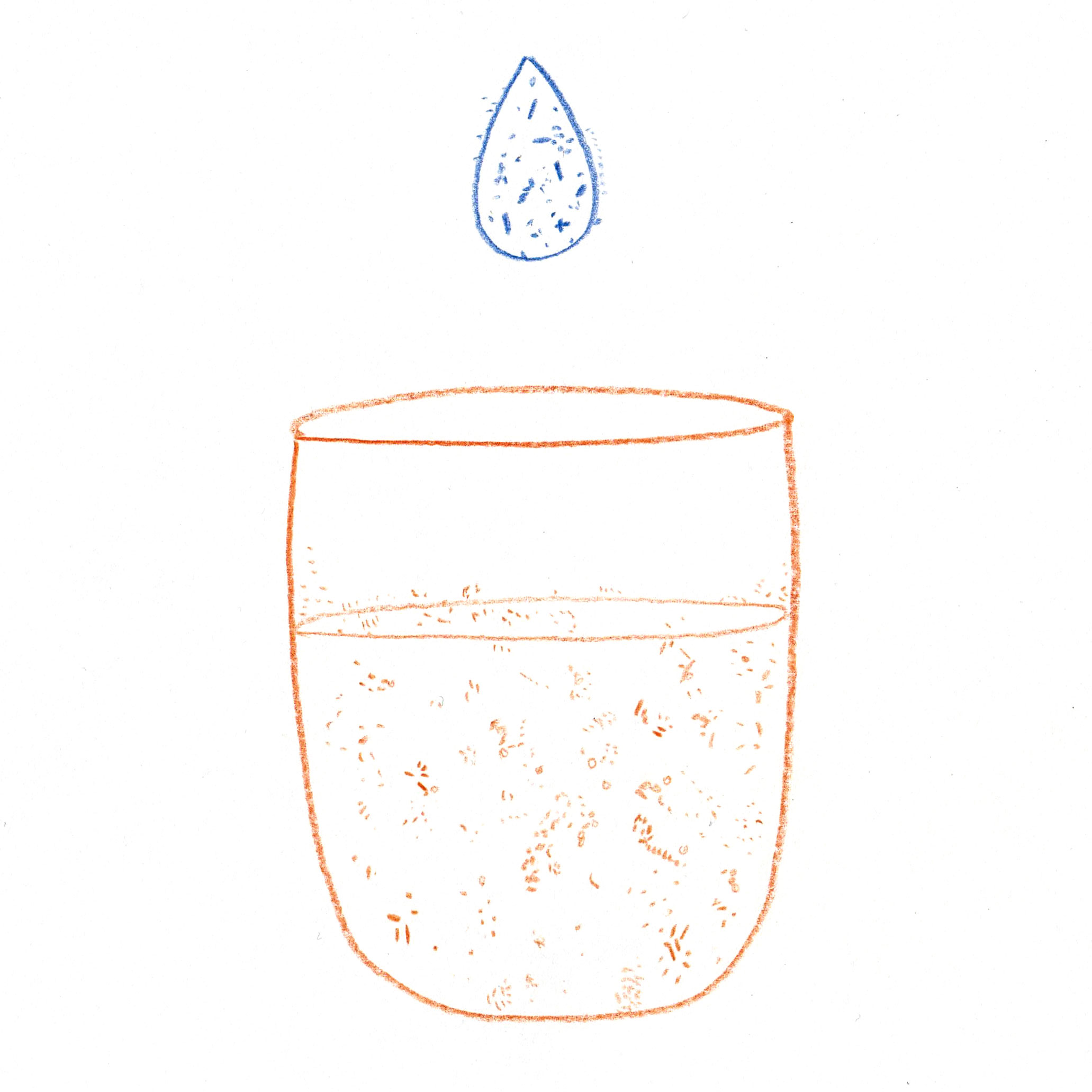
What to do with unwanted tears?
Fermenting with human tears
Tears are a complicated matter. Often crying in front of other people makes them feel uncomfortable. In formal situations tears are associated with embarrassment and disappointment or considered manipulative. Crying person is approached as weak. By doing so, the therapeutic, communicative and cathartic role of crying is being missed and ignored.
From the social point of view crying indicate a need of help and support from others, which in consequence create a space for closer and empathetic interpersonal relations. Crying serves as a communication tool evoking help from others. It distress and encourage group behavior, improve social support and inhibit aggression. In the other words - crying can be understands as asking for support. Crying appears to be universally strong social stimulus. However, according to psychologists Jay S. Efran and Timothy J. Spangler, even though crying is considered a healthy behavior, there is a social taboo related to it. There appears to be a stigma attached to crying, since crying is often associated with a weakness and helplessness instead of its communicative and cathartic role. In a modern society, by repressing cry and vulnerability, and by creating taboos
This project is a critical reflection on a lack of acceptance for crying in public. Tears within the project are reduced to an organic resource that has to be utilised like other materials derived from so-called nature. In this way tears become a 'valuable' and 'appropriate' object, according to modern world Western worldview where all goods have to be utilised for anthropocentric purposes.
around them, we suppress our empathy towards other living creatures.
Fermenting with human tears
Tears are a complicated matter. Often crying in front of other people makes them feel uncomfortable. In formal situations tears are associated with embarrassment and disappointment or considered manipulative. Crying person is approached as weak. By doing so, the therapeutic, communicative and cathartic role of crying is being missed and ignored.
From the social point of view crying indicate a need of help and support from others, which in consequence create a space for closer and empathetic interpersonal relations. Crying serves as a communication tool evoking help from others. It distress and encourage group behavior, improve social support and inhibit aggression. In the other words - crying can be understands as asking for support. Crying appears to be universally strong social stimulus. However, according to psychologists Jay S. Efran and Timothy J. Spangler, even though crying is considered a healthy behavior, there is a social taboo related to it. There appears to be a stigma attached to crying, since crying is often associated with a weakness and helplessness instead of its communicative and cathartic role. In a modern society, by repressing cry and vulnerability, and by creating taboos
This project is a critical reflection on a lack of acceptance for crying in public. Tears within the project are reduced to an organic resource that has to be utilised like other materials derived from so-called nature. In this way tears become a 'valuable' and 'appropriate' object, according to modern world Western worldview where all goods have to be utilised for anthropocentric purposes.
around them, we suppress our empathy towards other living creatures.

